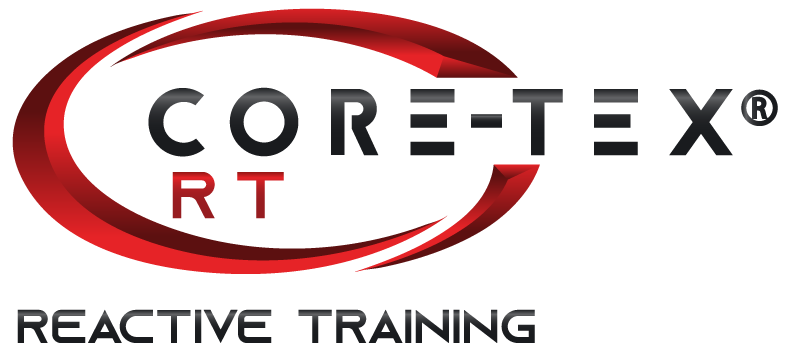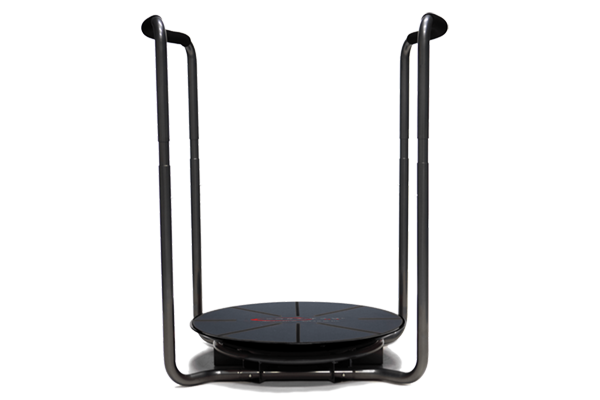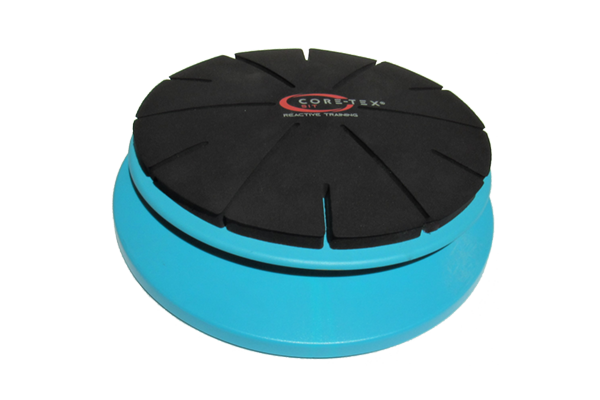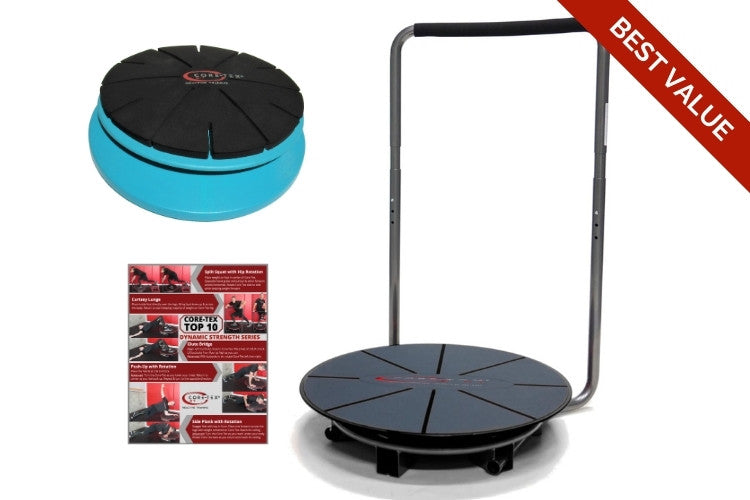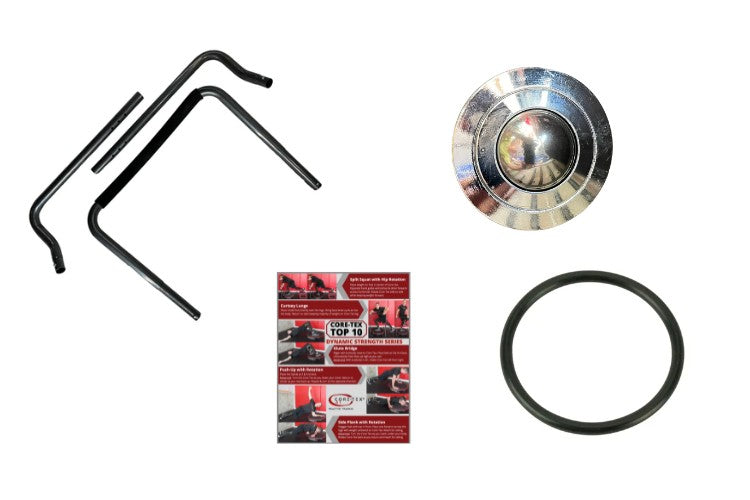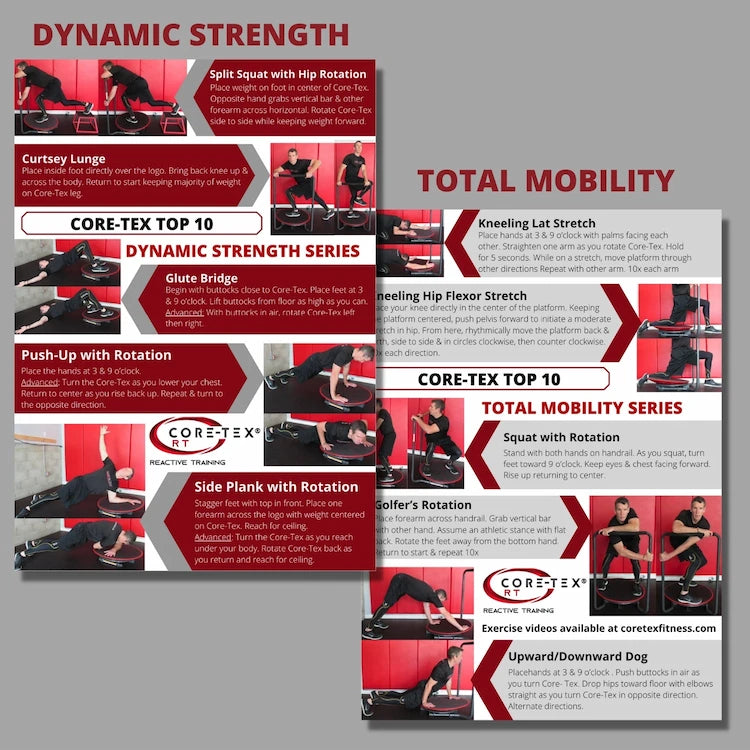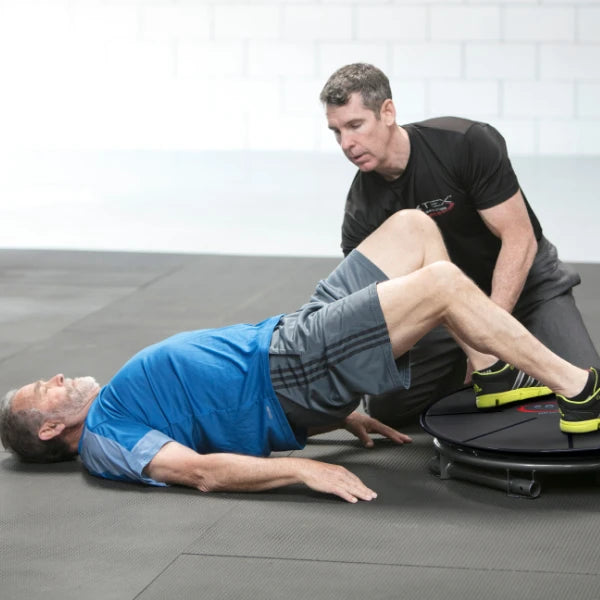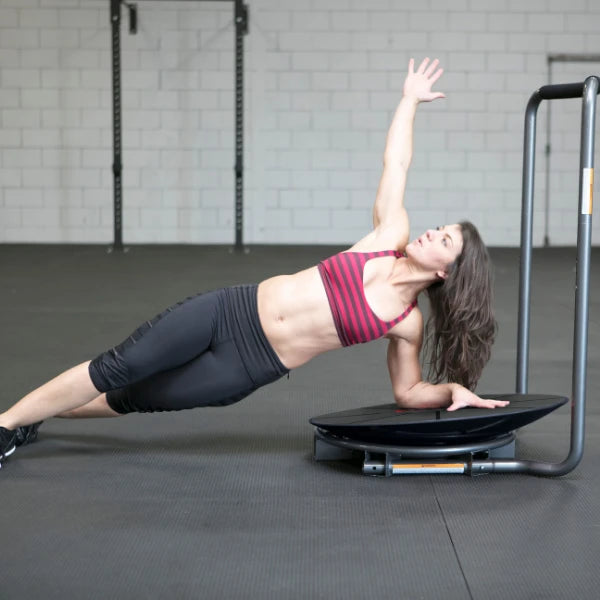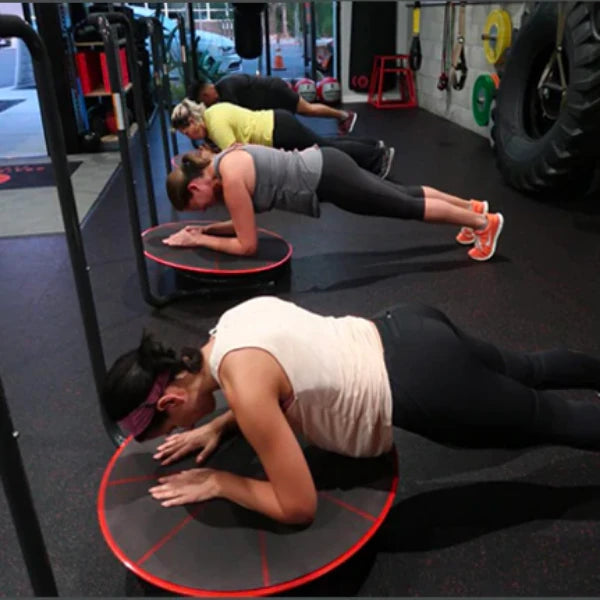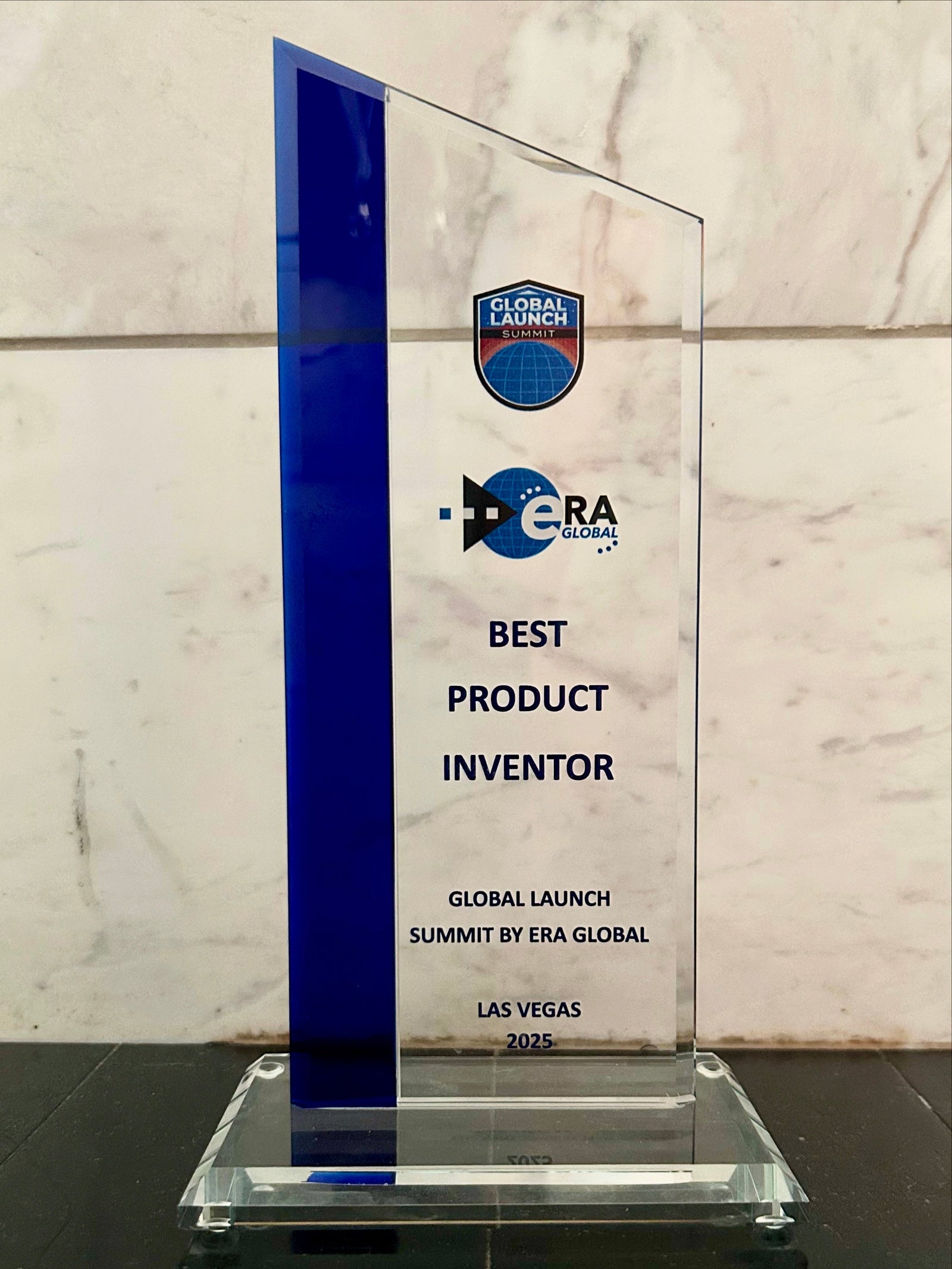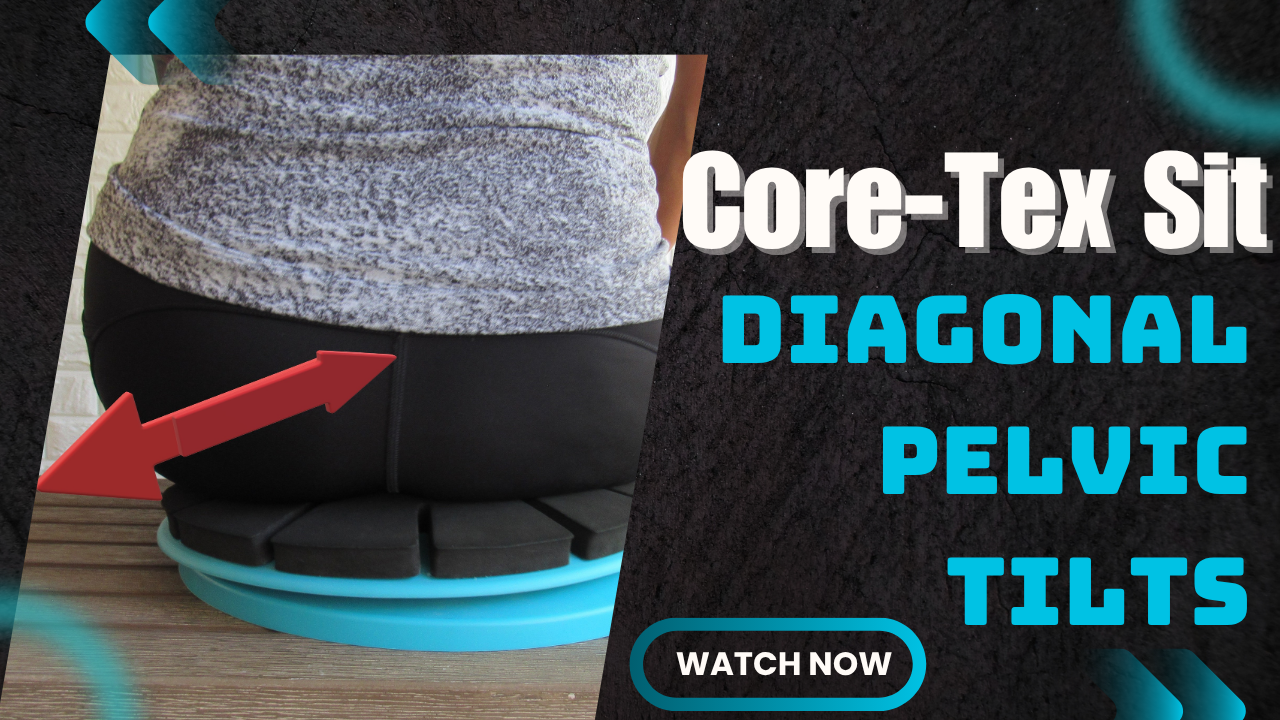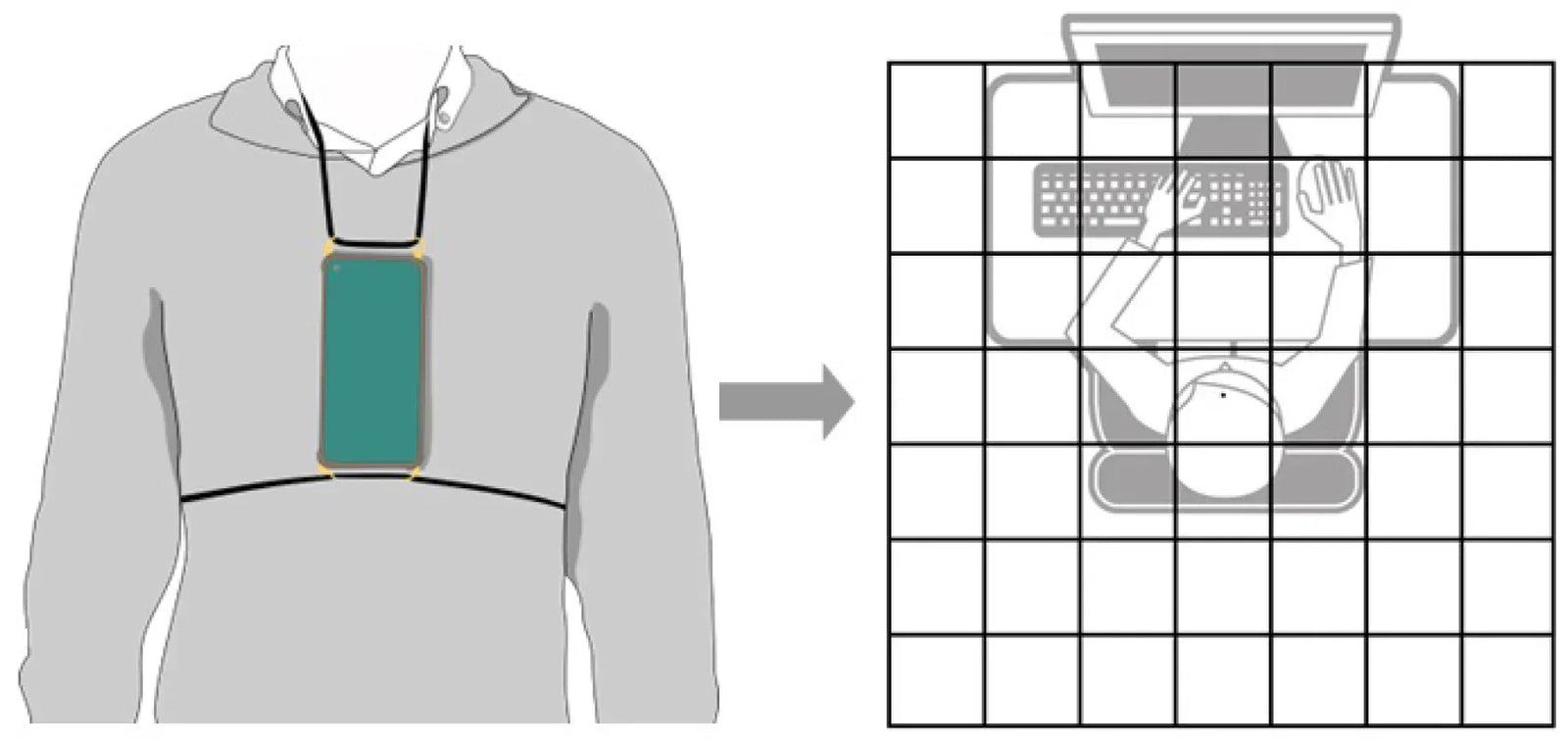Scoliosis, a common spinal condition, affects the alignment and curvature of the spine. It can cause you discomfort and potentially impact the quality of your life. In this blog post, we will explore the basic biomechanics of scoliosis, shedding light on how exercise and the use of Core-Tex Sit can be beneficial in managing this condition.
Scoliosis is certainly more involved than the basic understanding many people have of it being only lateral curvature to the spine. The lateral curvature of the spine can take either a “C” shape or “S” shape and involve all levels of the 26 vertebrae in your spine.
Stress on the Spine
The spine's normal curvature allows for even distribution of weight and optimal function. In scoliosis, the curve disrupts this balance. Asymmetrical muscle development, structural abnormalities, and ligament imbalances are identified as contributing factors. Consequently, this alters the mechanics of the spine, leading to imbalanced load distribution and impacting adjacent structures such as the muscles, joints, and nerves.
There are different forms of scoliosis and varied reasons for why you may have scoliosis. All these factors play into the decision-making process when choosing a movement that moves you closer to the balanced spine you are looking for.
Basic Forms of Scoliosis
One form of scoliosis is congenital. The vertebrae are malformed, leading to an abnormal curvature. Another form is idiopathic scoliosis. This is a form of scoliosis that does not have a clearly understood cause. With both these forms of scoliosis, the pelvis is typically level.
Another common form of scoliosis is neuromuscular scoliosis. This is scoliosis that can be related to muscle weakness due to injury, neuromuscular disease or habitual movement patterns or postures. It can also be created by a leg length discrepancy (true leg length or functional leg length).
More Than Just Side Bending
Lateral flexion side bending of the spine is always combined with some rotation of the vertebrae. Therefore, even though we visually see that the spine is side bending, what we cannot see as clearly is the rotation of vertebrae occurring at the same time. Therefore, we have both a frontal plane and transverse plane deviation of the spine. 
This is one of the many reasons Core-Tex Sit can be such a valuable intervention. You can use Core-Tex Sit to counter BOTH the side bending and rotation of the spine because of the multi-directional movements available with Core-Tex Sit.
A Different Kind of Intervention
One of the most important things to consider with scoliosis is that it is an asymmetrical condition. And an asymmetrical condition requires an asymmetrical exercise intervention. The shorter tighter muscles will be neurologically overactive and have a greater influence over the spinal mechanics, reinforcing the existing imbalance.
Therefore, your exercise program should avoid creating an environment that allows you to reinforce these existing tendencies. By using your Core-Tex Sit to position your spine in the exact opposite of what it is currently doing, create an environment for strengthening and positive changes to your spinal motion.
For example, if your lumbar spine is side bent to the right like the letter “C” but tilting your Core-Tex Sit low on the right and slightly rotated to the right, you have encouraged the spine to side bend in the opposite direction of your current “C” curve. 
This improves the extensibility of the tissue on the right side of your lower back, opens up space between the lumbar vertebrae and hydrates the tissue with novel movement.
Your Core-Tex Sit is an environment that allows you to self-select the most comfortable position for your lower back and then allows you to introduce different movements that will change the habitual postures and alignment that your spine defaults to when taking the path of least resistance. This introduces safe and productive motion for your lower back health.
The following research studies support the benefits of a dynamic sitting environment. Although the studies did not include Core-Tex Sit, they showed benefit with sitting environments with LESS options for influencing the spine 3 dimensionally than what Core-Tex Sit provides.
Feustel, A.; Konradi, J.; Wolf, C.; Huthwelker, J.; Westphal, R.; Chow, D.; Hülstrunk, C.; Drees, P.; Betz, U. Influence of Lateral Sitting Wedges on the Rasterstereographically Measured Scoliosis Angle in Patients Aged 10–18 Years with Adolescent Idiopathic Scoliosis. Bioengineering 2023, 10, 1086.
Bruyneel, Anne-Violette, and Serge Mesure. "Learning effect on the dynamical strategies in sitting position on seesaw motion for idiopathic scoliosis patients." Neuroscience Letters 534 (2013): 264-268.
Jung, Ji-Yong, et al. "Influence of pelvic asymmetry and idiopathic scoliosis in adolescents on postural balance during sitting." Bio-medical materials and engineering 26.s1 (2015): S601-S610.
Movement is life. We make movement better. We make life better.
